Fuel Treatment Data Without Barriers: The Story of TWIG
Published in Earth & Environment, Research Data, and Sustainability
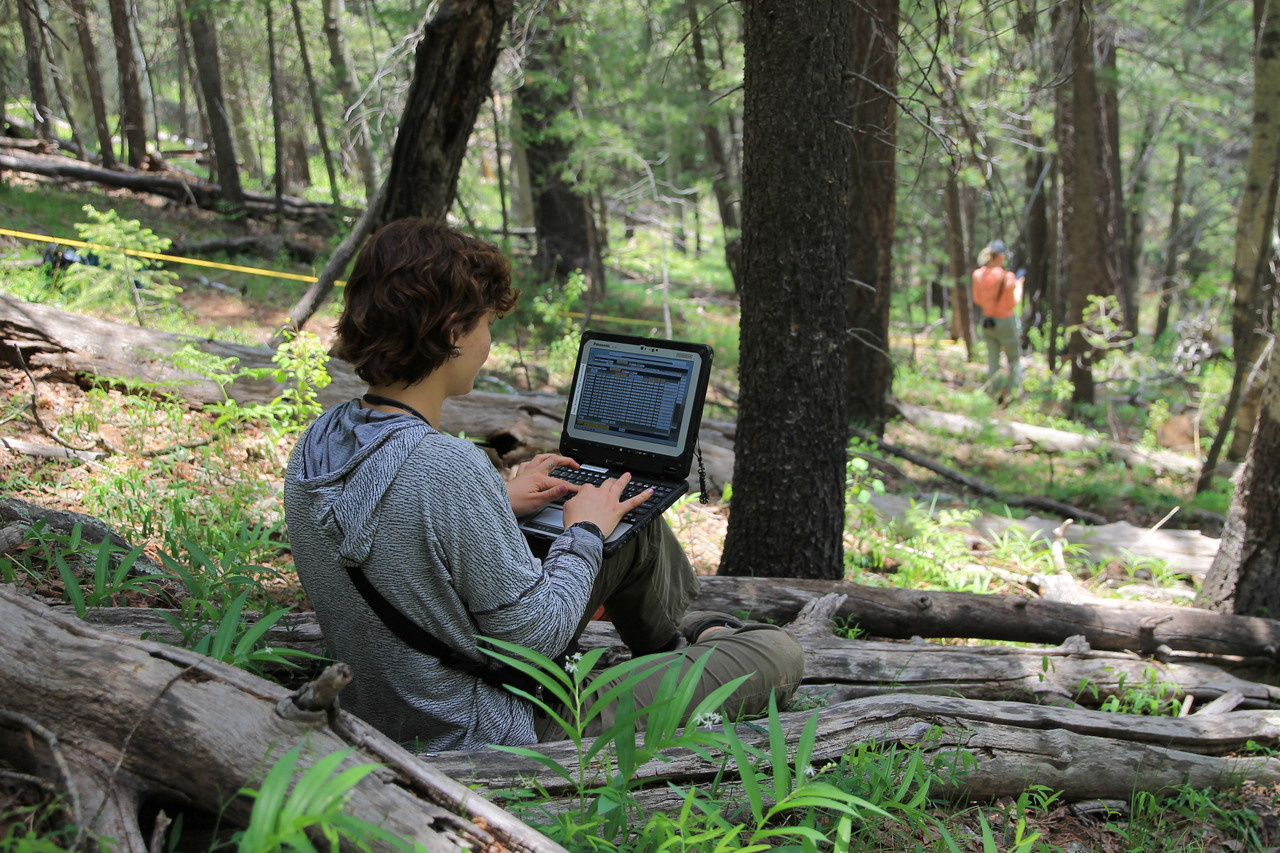
Explore the Research
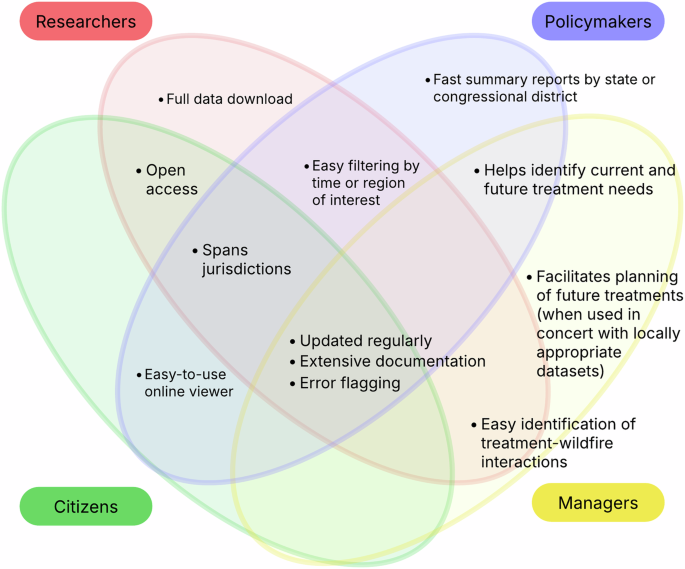
A new geodatabase of fuel treatments across federal lands in the USA - Scientific Data
Scientific Data - A new geodatabase of fuel treatments across federal lands in the USA
Over the past two decades, wildfires across the United States, especially in the West, have grown larger, more severe, and more destructive (Balch et al. 2024). Since 1985, the area of western US forests that burn at high severity each year has increased eight-fold (Parks and Abatzoglou 2020). The scale of the crisis has made one thing clear: we need better ways to live with fire.
Across the country, land managers, researchers, collaborative groups, and policymakers are searching for paths toward resilience. To do that, they rely on data, not just about where and how fires burn, but also about the fuel treatments, such as thinning and prescribed fire, that can reduce the catastrophic impact of wildfires. Studies consistently show that fires burn at lower severity in treated areas (Davis et al. 2024), and emerging evidence suggests they can also help contain fires and reduce risk to nearby communities (Young et al. 2024).
But for years, accessing treatment data was one of the biggest hurdles. Information was scattered across various federal and state systems, hidden behind firewalls, or available only through personal connections. Even federal researchers sometimes had to email distant colleagues for outdated zip files.
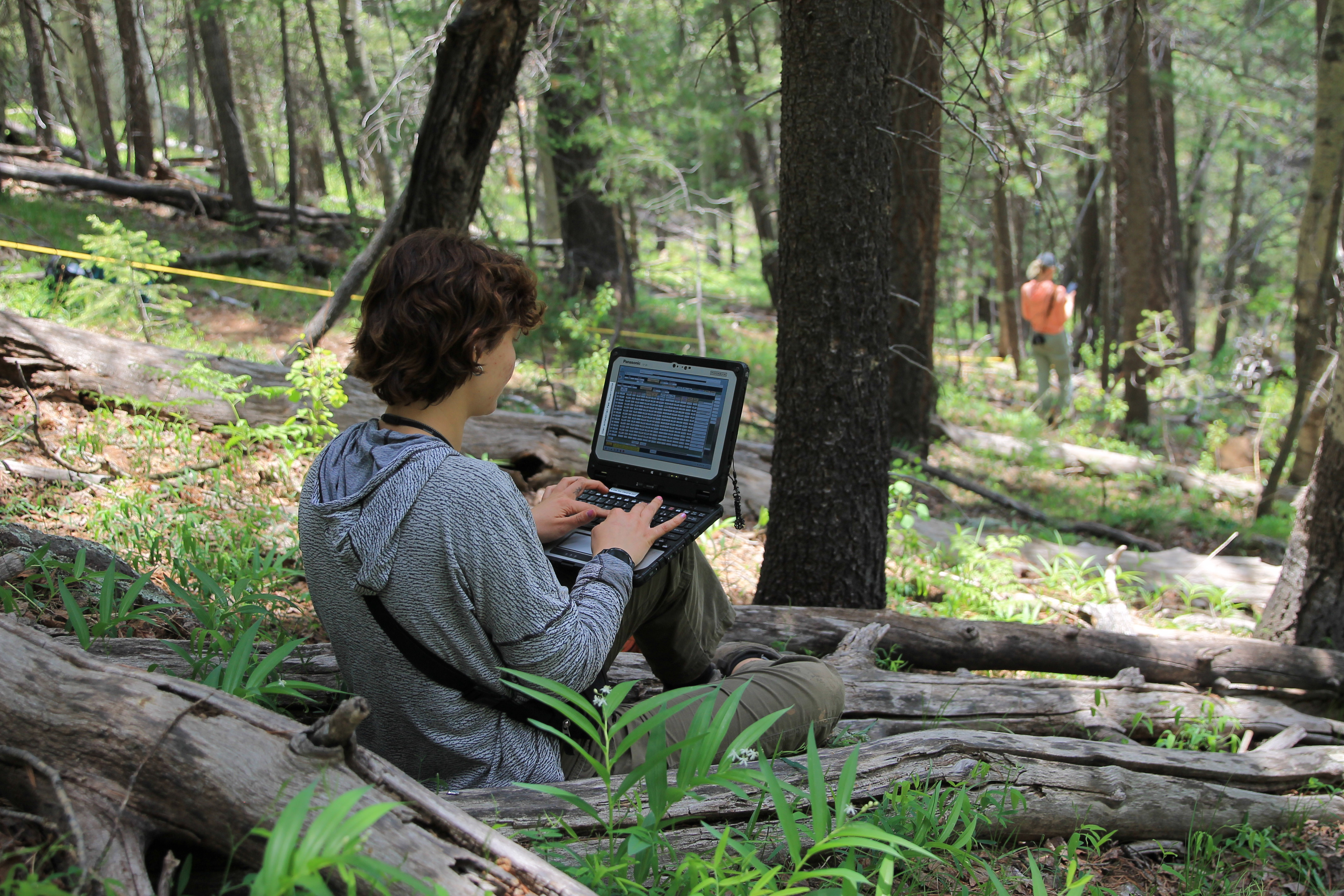
In 2021, Congress, frustrated by the inability to easily access wildfire and treatment data in their own districts, asked the Southwest Ecological Restoration Institutes (SWERI) to create a single, widely accessible tool. For our team at SWERI, the request felt like both an honor and a daunting challenge. We had experience bridging gaps between researchers and land managers, but none of us had attempted something at this scale before.
From the beginning, we knew the potential usefulness of such a tool. But we also realized that documenting how the data came together, and the decisions involved, would be critical for researchers who wanted to use it. So alongside the tool, we began writing a data descriptor paper to tell that story.
In 2022, SWERI, working with contractors, Innovate Inc., began developing the Treatment and Wildfire Interagency Geodatabase (TWIG). We formed relationships with federal data mangers so we could pull treatment data directly from the Forest Service and Department of Interior systems of record. But almost immediately, we ran into a problem: the databases didn’t “speak” to each other. Each system defined treatments differently, stored metadata in different formats, and required complex translation. At one point the diagram of data sources we needed to crosswalk looked less like a database and more like a spiderweb. It was daunting, but also proof of how necessary the work was.
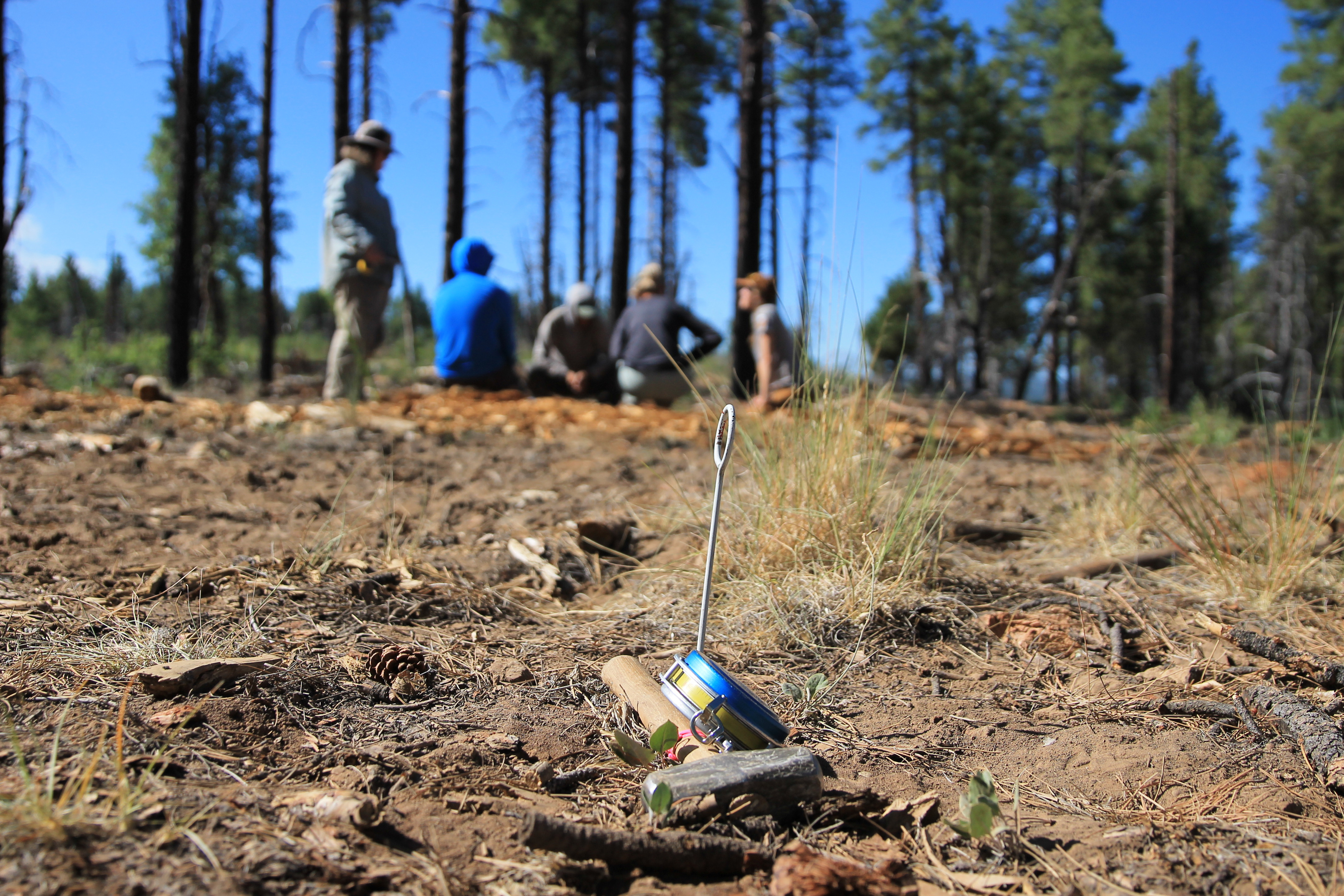
By September of 2024, we released a beta version of TWIG with a production release planned for October 2025. The positive reception confirmed its promise, and publishing a data descriptor paper in Scientific Data became the next logical step. Writing it was a deeply collaborative effort. Each team member contributed their expertise: some dove into metadata, others unraveled coding challenges, and still others focused on ensuring technical accuracy and documenting limitations. Federal agency partners reviewed drafts to make sure we represented their source data accurately. We also prepared open-source code and an archived static version of the database so future researchers could build from a stable foundation.
The journey wasn’t without its headaches. Important metadata was buried in internal documents. Duplicates and errors were frequent, raising questions about data accuracy. And there were moments of comic relief: one record placed a forest treatment polygon floating far out in the Pacific Ocean. Instead of discouraging us, these challenges only underscored the need for a unified, transparent system.
Today, with the paper published and TWIG 1.0 just around the corner, we’re proud of what our team has accomplished. TWIG collects fuel treatment and wildfire data from multiple federal sources, crosswalks them into a common language, and makes them available to everyone. This is not just a technical win; it’s a cultural one. For the first time, treatment data are open, no login required, enabling collaboration between agency and non-agency users alike. The documentation captured in the data paper allows researchers to cite and publish with confidence, knowing exactly how the data system works.
But TWIG is more than a dataset. It’s a tool for storytelling about treatment effectiveness, for planning across boundaries, and for building trust in the decisions we make about fire. Our hope is that it will spur investment in better data quality at the source, enable new research, and support collaborative work from community wildfire protection plans to large-scale restoration efforts.
Wildfires will remain part of our lives. But with tools like TWIG, we are finding new solutions together. The work is far from finished, but we can see a path forward toward a future where data don’t divide us, they connect us, to build safer communities and healthier forests.
References:
Follow the Topic
-
Scientific Data

A peer-reviewed, open-access journal for descriptions of datasets, and research that advances the sharing and reuse of scientific data.
Related Collections
With Collections, you can get published faster and increase your visibility.
Genomes of endangered species
Publishing Model: Open Access
Deadline: Apr 01, 2026
Data for crop management
Publishing Model: Open Access
Deadline: Jan 17, 2026
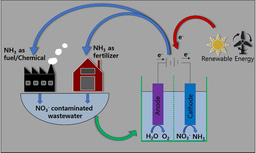



Please sign in or register for FREE
If you are a registered user on Research Communities by Springer Nature, please sign in